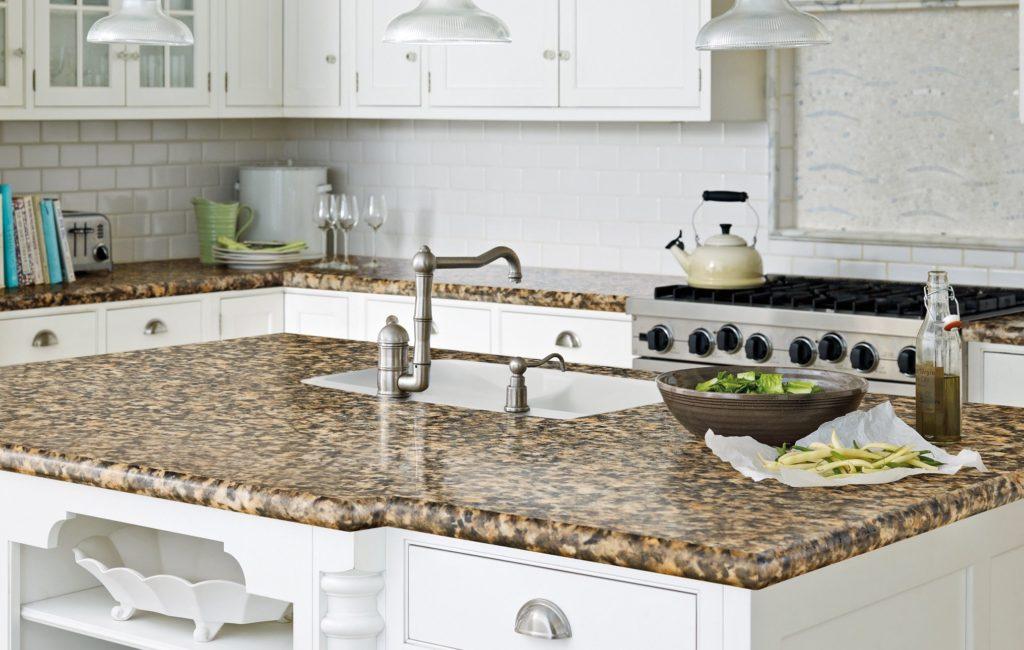Granite countertop installation is an exciting process that can significantly enhance the look and functionality of your kitchen or bathroom. If you are considering this upgrade, it is important to understand what to expect during the installation process to ensure everything goes smoothly. Before installation, the first step is the measurement phase. A professional installer will come to your home to take precise measurements of your countertop area. This step is crucial for determining how much granite you will need, and ensuring that the pieces fit perfectly into your space. During this time, you may also discuss the edge profiles, sink cutouts, and any other customizations you want for your countertop. Once measurements are finalized, the granite slabs will be selected from the available inventory, and the final quote will be provided. The next stage is fabrication. Fabricating granite countertops involves cutting the raw slabs into the specific dimensions required for your kitchen or bathroom. It also includes shaping the edges and preparing cutouts for sinks, stovetops, or faucets.

This process can take several days depending on the complexity of the design and the number of countertops being produced. It is essential that the fabricators pay close attention to the natural veining and pattern of the granite, as these elements are unique and play a large role in the aesthetic appeal. Once the granite pieces are ready, the installation day arrives. It is advisable to clear the area before the installation crew arrives. The professionals will typically bring large, heavy granite slabs to your home, and it is a good idea to have a clear path for them to move the stone into place. During installation, you may notice that the crew uses suction cups and other tools to lift and maneuver the heavy slabs. The countertops are carefully positioned and aligned according to the pre-measured layout. After the slabs are in place, the installers will join the pieces, making sure the seams align perfectly. Depending on the size and layout of your countertop, there might be several pieces that need to be joined together.
The seams are usually filled with a color-matching epoxy resin to create a smooth and seamless appearance. Once the seams are set, the edges will be fine-tuned, and any last-minute adjustments will be made. The final touches include installing any sink, faucet, or other fixtures. This is typically done after the countertops are securely in place and adjusted for level. You will want to carefully inspect the work once completed, ensuring there are no imperfections and that the countertops fit as expected. While granite countertops are known for their beauty and durability, they do require care after installation. It is important to seal your granite countertops to protect them from stains and water damage. The sealing process is relatively simple and can usually be done by the homeowner or by a professional. Overall, the installation of granite countertops is a meticulous process that involves careful planning, precision, and attention to detail Bonuses. By understanding the steps involved, you will be better prepared for what to expect and can ensure a smooth and successful installation.